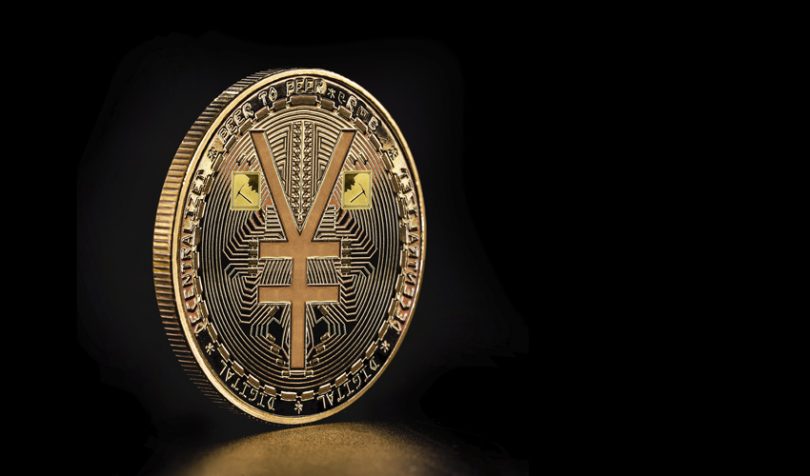In a recent speech, Di Gang, deputy director of China’s central bank Digital Currency Research Institute, said the central bank is exploring using blockchain at the issuance layer of its central bank digital currency (CBDC).
China is pretty advanced in its CBDC pilots, but its core digital yuan system is centralized. It’s a two layer system with the central bank controlling the core layer using conventional technologies and banks acting as intermediaries in the same way they do for cash. And banks can use smart contracts for programmable money.
The People’s Bank of China chose a conventional technology approach for CBDC because of the immaturity, performance, and scalability challenges that blockchain presents. Although Di Gang said it is exploring distributed ledger for issuance, he reiterated these shortcomings, saying blockchain is not appropriate for high concurrency, high performance and strong privacy.
He highlighted three areas where the central bank is using blockchain. They are:
- exploring DLT for digital yuan issuance, which will help with reconciliation
- participating in m-CBDC cross border trials with the BIS, Thailand, Hong Kong and UAE
- using blockchain for trade finance.
Di Gang outlined several areas where there are challenges with blockchain for financial applications. However, he thinks the future potential may be underestimated as research may address many issues.
The number one challenge is scaling and performance issues. These can be addressed using sidechains, multichain architectures and hardware acceleration. And there’s a need to enable interoperability between on-chain and off-chain data.
When it comes to privacy protection, there are new solutions, but he believes they have limitations. These include zero-knowledge proofs, homomorphic encryption, secure multi-party computing, and federated learning technologies.
Security is also a challenge, so there’s a need for formal verification of smart contracts to prevent bugs and decentralized identities should be used. Most governments want to do some level of financial supervision, with China even more so. Hence it’s keen to get an ‘innovative’ balance between privacy protection and regulatory supervision.
DI Gang sees the fact that blockchain is relatively incompatible with existing technologies as a challenge and is keen to see that addressed. He also wants to see more work on blockchain interoperability and standards.
Meanwhile, every day new use cases for the digital RMB are announced. We now provide an (almost) daily update of new applications and news about the currency.






